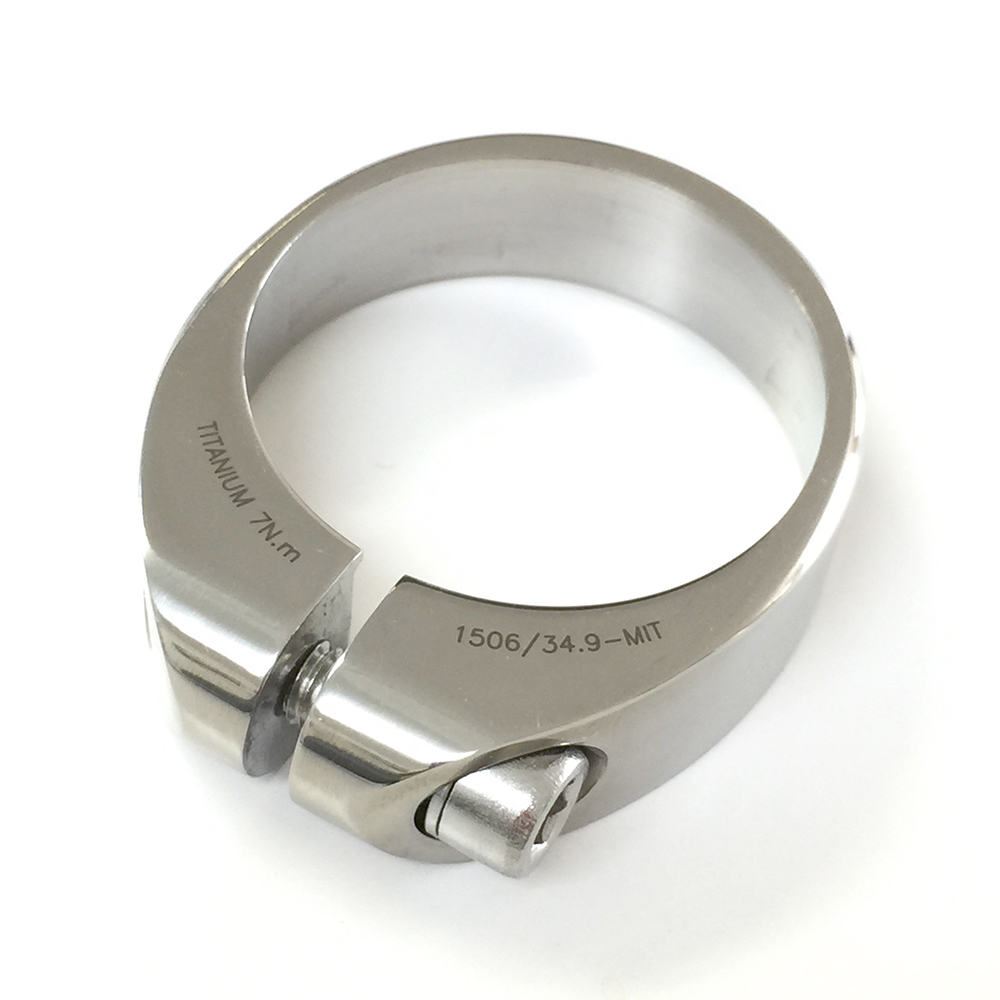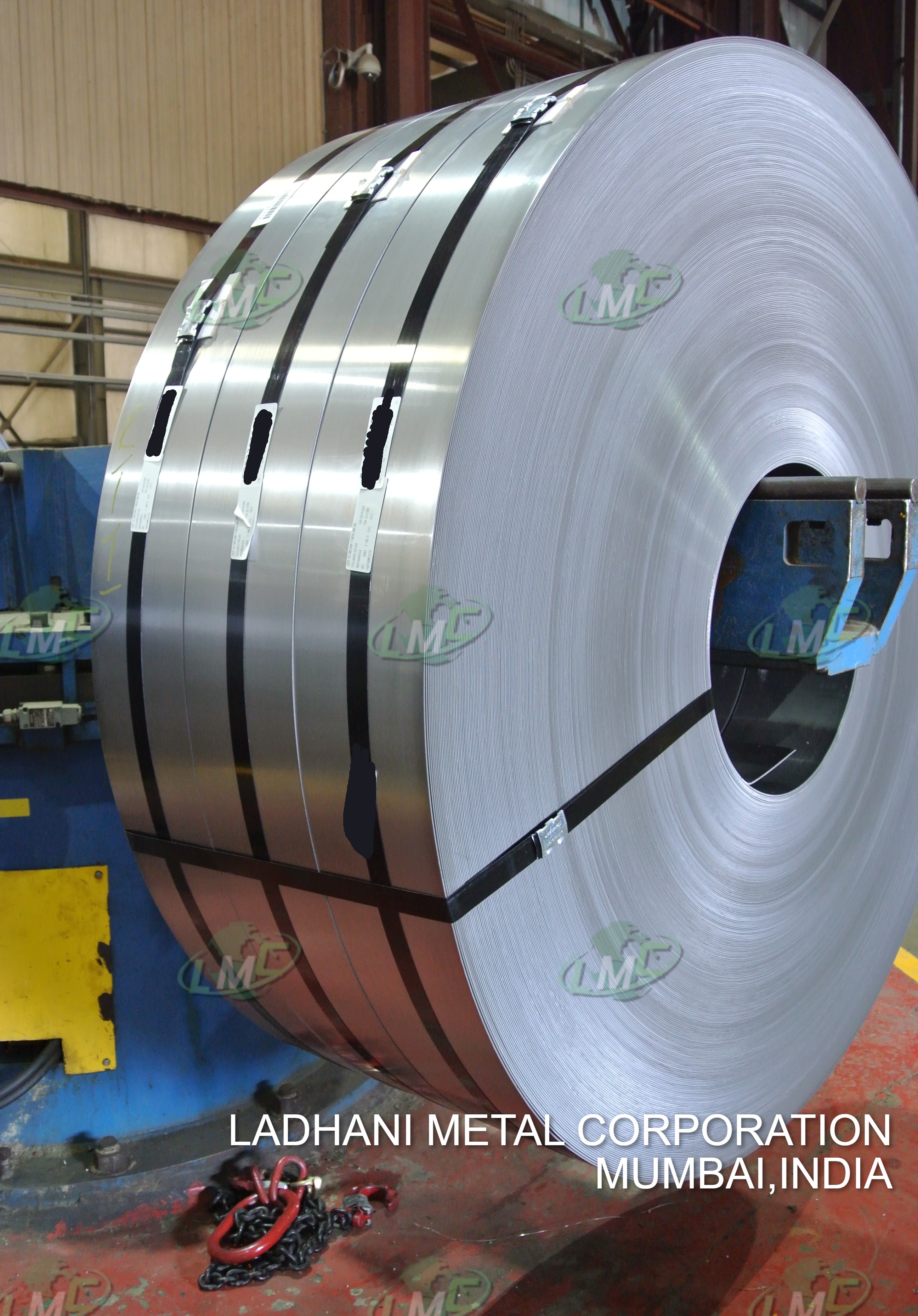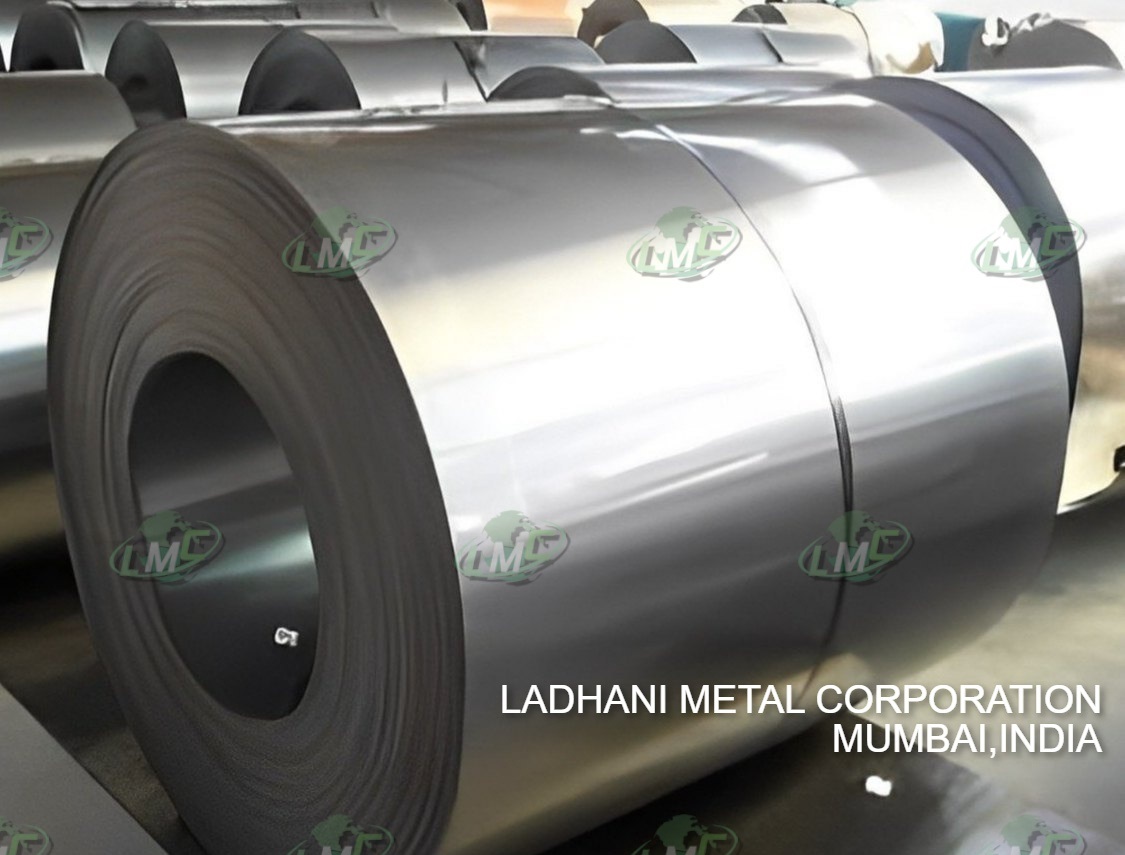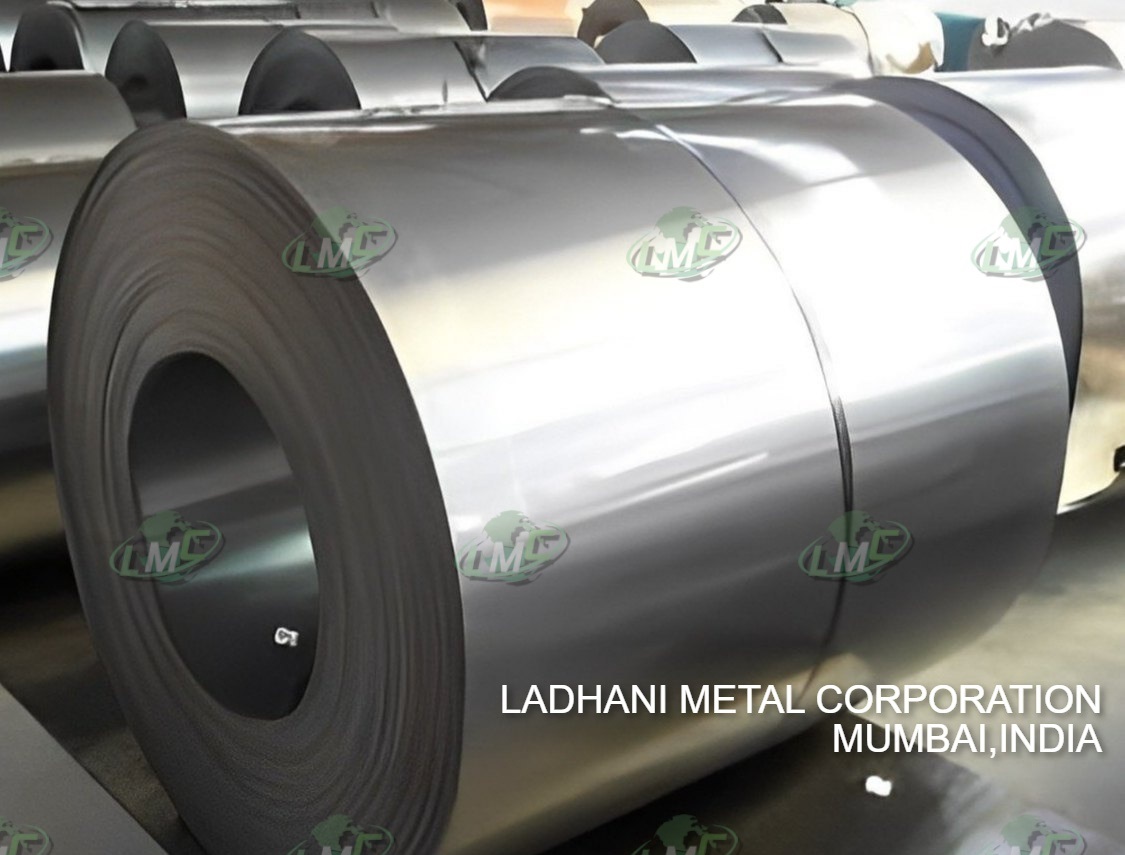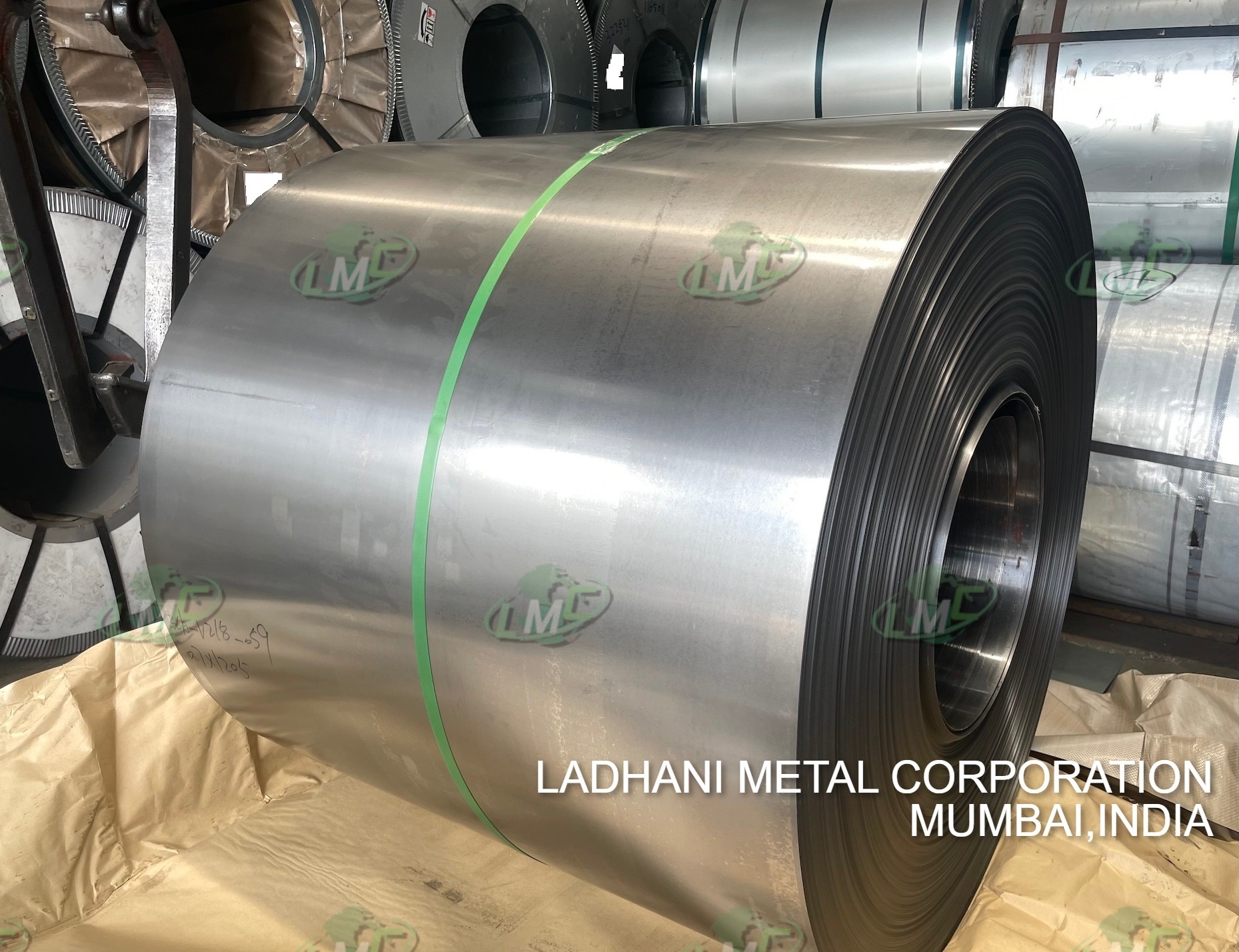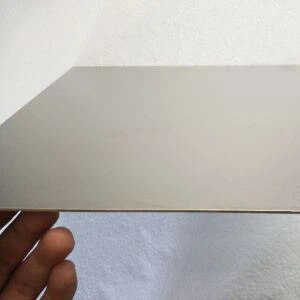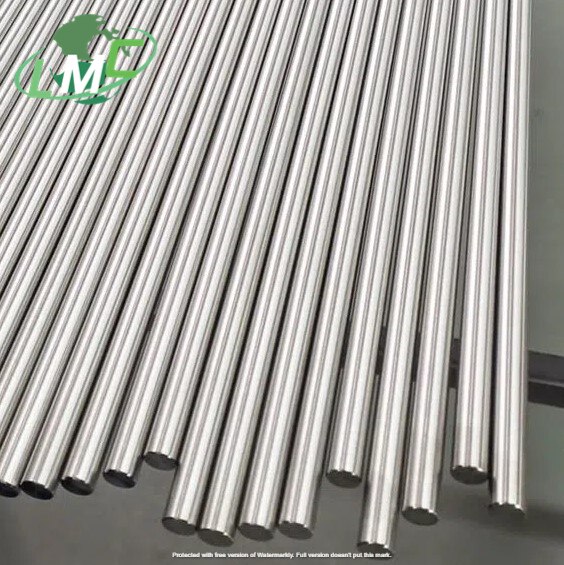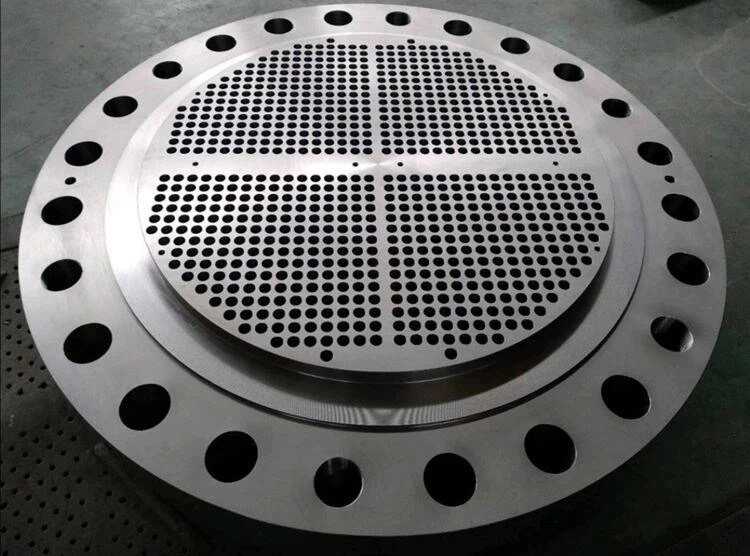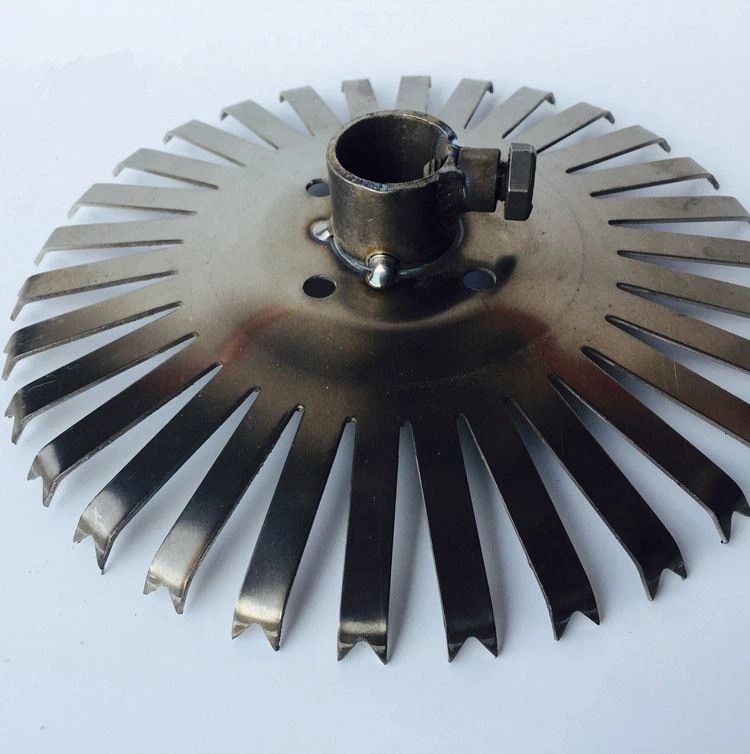Ladhani Metal Corporation offers a diverse range of titanium clamps, available in various sizes and types, to cater to different application requirements. Our titanium clamps are designed to provide secure and reliable fastening solutions for a wide range of industries and applications. Here are some of the clamp sizes and types we offer: Pipe Clamps: Our titanium pipe clamps are available in sizes ranging from small diameters to large diameters, accommodating different pipe sizes. These clamps ensure a tight and secure grip on pipes, providing stability and support in plumbing, HVAC systems, and industrial piping applications. Cable Clamps: We provide titanium cable clamps in different sizes to secure and organize cables or wires. These clamps are designed to prevent cable damage or strain, ensuring efficient cable management in industries such as electrical, telecommunications, and data centers. Hose Clamps: Our titanium hose clamps are offered in various sizes to fit different hose diameters. These clamps provide a secure and leak-proof connection between hoses and fittings in applications such as automotive, marine, and industrial fluid transfer systems. Tube Clamps: Designed for fastening and securing tubes, our titanium tube clamps are available in different sizes to accommodate various tube diameters. These clamps offer stability and support in applications such as scaffolding, handrails, and framework construction. Customized Clamps: In addition to standard clamp sizes, we also offer customized titanium clamps tailored to your specific requirements. Our skilled engineers work closely with you to understand your needs and provide bespoke solutions that meet your unique application demands. At Ladhani Metal Corporation, we ensure that our titanium clamps meet international quality standards, providing reliability, durability, and excellent corrosion resistance. Our range includes popular titanium grades such as Grade 2, Grade 5 (Ti-6Al-4V), and Grade 23 (Ti-6Al-4V ELI). These grades are widely recognized for their excellent corrosion resistance, high strength-to-weight ratio, and durability. Choose from our selection of titanium clamps in different grades to ensure optimal performance and reliability in your specific application. Our Domestic reach is unlimited and we supply to this following cities Agra, Ahmedabad, Allahabad, Amritsar, Aurangabad, Bangalore, Bhopal, Chandigarh, Chennai, Coimbatore, Dhanbad, Faridabad, Ghaziabad, Guwahati, Gwalior, Howrah, Hyderabad, Indore, Jabalpur, Jaipur, Jodhpur, Kalyan-Dombivali, Kanpur, Kolkata, Kota, Lucknow, Ludhiana, Madurai, Meerut, Mumbai, Nagpur, Nashik, Navi Mumbai, New Delhi, Patna, Pimpri-Chinchwad, Pune, Raipur, Rajkot, Ranchi, Solapur, Srinagar, Surat, Thane, Vadodara, Varanasi, Vasai-Virar, Vijayawada, Visakhapatnam, Hubballi-Dharwad, Tiruchirappalli, Bareilly, Moradabad, Mysore, Gurgaon, Aligarh, Jalandhar, Bhubaneswar We export to following Countries: Russia, Canada, United States, China, Brazil, Australia, Argentina, Kazakhstan, Algeria, Democratic Republic of the Congo, Denmark, Saudi Arabia, Mexico, Indonesia, Sudan, Libya, Iran, Mongolia, Peru, Chad, Niger, Angola, Mali, South Africa, Colombia, Ethiopia, Bolivia, Mauritania, Egypt, Tanzania, Nigeria, Venezuela, Namibia, Mozambique, Pakistan, Turkey, Chile, Zambia, Myanmar, Afghanistan, South Sudan, France, Somalia, Central African Republic, Ukraine, Madagascar, Botswana, Kenya, Yemen, Thailand, Spain, Turkmenistan, Cameroon, Papua New Guinea, Sweden, Uzbekistan, Morocco, Iraq, Paraguay, Zimbabwe, Norway, Japan, Germany, Republic of the Congo, Finland, Vietnam, Malaysia, Cote d'Ivoire, Poland, Oman, Italy, Philippines, Ecuador, Burkina Faso, New Zealand, Gabon, United Kingdom, Guinea, Uganda, Nepal, Bangladesh
Send Message
